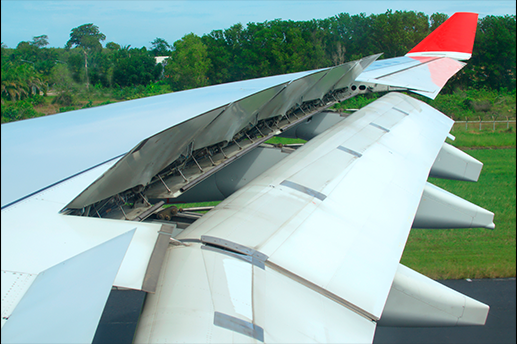The role of hydraulic actuators within aircraft systems

Linear hydraulic actuators play such an important role within aircraft systems that they have become almost indispensable.
In smaller aircraft, hydraulics are often used in order to operate wheel brakes, retractable landing gear, and constant-speed propellers. On large aircraft though, they are often used for flight control surfaces, wing flaps, and spoilers.
Hydraulics have been used in aircraft ever since the demand on aerospace machinery became increasingly greater throughout the 20th century. Their ability to deliver a great deal of power without taking up too much space or weight, meant that they massively help pilots in undertaking necessary mechanical tasks without using too much energy.
The other advantages of hydraulics include the fact that they are not as sloppy in responding to the demands that may be placed upon the system, meaning that they can be operated quickly if needed. They are also reliable in that they either work or they do not, making them reasonably easy to maintain. Because they do not use electricity, there is no chance of a shock hazard, and the chances of being a fire hazard are low, which makes them a safer option than other equivalent systems.
Perhaps the main advantage of a hydraulic system is that they can handle a practically unlimited amount of work due to the immense force they can produce. This is all the more important in modern day aircraft.
Hydraulic fluid is pumped from a reservoir, either by an electric, or engine driven pump. It is filtered to keep it clean, and then passes through a selector valve, which relieves extra pressure.
Once it reaches the linear actuator, the fluid power is turned into work by a piston. This power is then used to move an aircraft system or flight control. These actuators can be either single or double acting, depending on the requirements of the system, meaning that the fluid can be applied to one or both sides of the actuator. The selector valve allows for the fluid direction to be controlled, which is necessary for operations such as the extension and retraction of landing equipment.
The actuating cylinder also contains a reduction gear, which allows it to control the rotating motion to what is needed within the system. Previously, systems would use steel cables connected by pulleys to control motion. The cables that connected the controlling mechanism, such as the pedals, to the controlled surface, such as the rudder, would be subject to expansion due to temperature changes. Hydraulic systems though, are capable of controlling motion without worrying about such concerns, as they do not operate in an environment that is not open to the atmosphere. This means that hydraulic systems not only provide better control for the pilots using them, but also increase response times, making them an imperative part of aerospace engineering.
